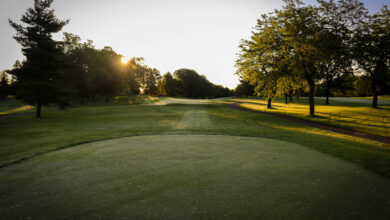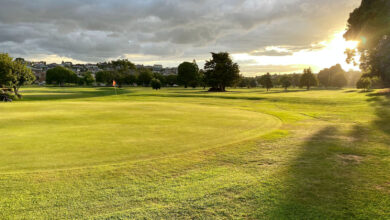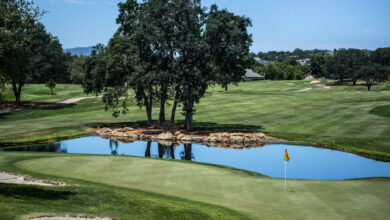If you’re a golf enthusiast, you probably already know how vital spin is to your shots. Spin plays a crucial role in determining the flight path, distance, and control of a golf ball. Learning to understand and manipulate spin can significantly affect your overall performance on the course.
What is Spin?
Spin refers to the rotational motion of a golf ball as it travels through the air. There are two types of spin that affect your shots: backspin and sidespin. Backspin occurs when the upper surface of the ball rotates in the opposite direction to its flight path. Sidespin, on the other hand, occurs when the axis of the ball is tilted to the side, resulting in a curve or slice.
Backspin and Distance
Backspin has a tremendous impact on the distance your shots can travel. When a golf ball is struck with backspin, it creates lift, allowing the ball to stay in the air for longer and generating more carry distance. Additionally, backspin creates a steeper descent angle, which aids in holding the green when approaching the pin. This is why professional golfers consistently aim to generate backspin to control their shots more effectively.
Factors Affecting Backspin
Several factors influence backspin, including clubhead speed, contact point on the clubface, loft angle, and the type of golf ball you use. The clubhead speed and the point where the ball makes contact with the clubface heavily impact the amount of backspin you can generate. A clean contact near the ball’s equator with a faster swing speed produces high levels of backspin. Meanwhile, the loft angle of the club can influence the backspin too. Higher lofted clubs, such as wedges, tend to generate more backspin.
Choosing the Right Golf Ball for Backspin
The type of golf ball you use can make a significant difference in the amount of backspin you can generate. Golf balls with a urethane cover tend to create more spin due to their softer feel and greater friction with the clubface. These balls provide better control and are often chosen by professionals and advanced players. However, for beginners or players with slower swing speeds, lower-compression balls with a harder cover may be more suitable as they offer greater distance but generate less spin.
Sidespin and Accuracy
While backspin is essential for distance control, sidespin impacts the accuracy and shot-shaping capabilities of your shots. Sidespin can make the ball curve or slice to the side, resulting in balls landing out of bounds or in undesirable positions. By understanding how to control sidespin, you can develop greater shot accuracy and consistency on the course.
Controlling Sidespin
To minimize sidespin, making a square clubface impact is crucial. A square clubface ensures that the ball will leave in a straighter direction without excessive sidespin. Additionally, maintaining a consistent swing path helps reduce sidespin. Correcting swing flaws, such as having an out-to-in or in-to-out swing path, can significantly reduce the occurrence of slices or hooks.
Improving Spin Control
Developing spin control skills requires practice and understanding the unique characteristics of your equipment. Experimenting with different types and brands of golf balls can help you find the optimal spin characteristics for your game. Spending time on the driving range, working on your swing mechanics, and focusing on the impact position between the clubface and ball can enhance your ability to generate and control spin.
In conclusion, understanding the importance of golf ball spin and how it affects your shots can vastly improve your performance on the course. By mastering backspin for distance control and sidespin for accuracy, you’ll be able to shape your shots and have greater control over your game. Practice, experimentation, and awareness of the factors influencing spin can help you take your golf game to the next level.




